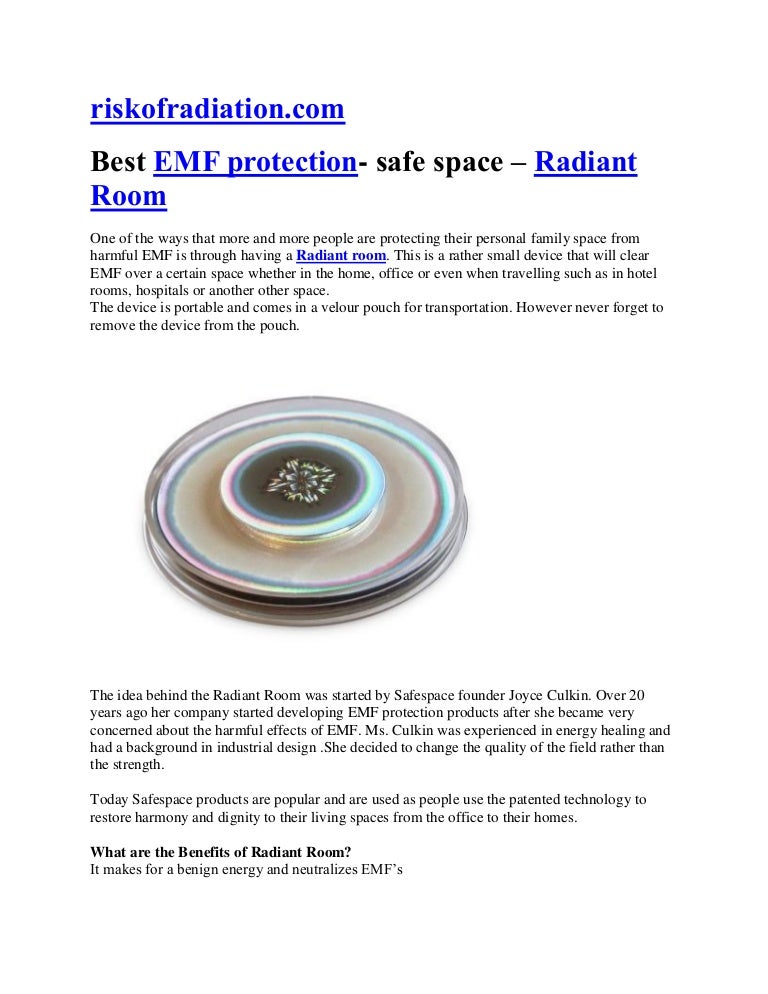This article discusses the topic of 5G radiation, a non-ionizing electromagnetic radiation. Because 5G radiation is so tiny, it doesn't have the capacity to break chemical bonds in biological tissue or cause any modifications to cells. It's not clear whether 5G radiation can affect the risk of skin cancer, and no evidence has been discovered to suggest that it could cause other illnesses.
Millimeter-wave radiation with high frequency
High-frequency millimeter-wave radiation from mobile phones and wireless networks can cause health issues to human beings. There are a few different ways that this radiation can be harmful. In 5g radiation symptoms may cause damage to someone's DNA. In other instances, it may cause damage to other areas within the body including the brain.
Recent studies have revealed that 5G technology could cause thermal heating in tissues. This is why the International Council on Non-Ionizing Radiation Protection (ICNIRP) has called to review the current safety standards for biological and thermal safety. The current exposure standards are not adequate to protect individuals from overheated heat exposure when exposed to millimeter wave pulses.

Skin cancer risk
There is no definitive answer at present to the question of whether the 5G radiation causes skin cancer. However, it is believed that 5G RF-EMFs behave much as high-LET ionizing radiations. In turn, they can cause excessive levels of free radicals within the skin. The FCC has not issued any specific guidelines on the dangers of 5G technology. Consequently, the debate is ongoing.
Although there has been a variety of studies on the effects of radio waves with higher frequencies on the human body, they have remained largely small in extent. However, there is concern over the effects of millimeter-wavelength exposure on oxidative stress and gene expression. 5g radiation may extend to the skin and various organs, like the brain.
Influence on other diseases
The latest generation of technology for wireless, 5G, is rapidly expanding, but scientists are warning about its potential health hazards. 5G technology is expected to significantly increase the quantity of electromagnetic radiation that is found in our surroundings. This issue has sparked debates in many nations, including Switzerland. In https://emfhealtheffect.com/the-consequence-of-electromagnetic-radiation/ and doctors have backed a motion to put a moratorium on 5G deployment. The motion was not taken seriously by the European Commission, which is responsible for monitoring the use of technology like 5G.
Therefore there is a need for more research to assess the health effects of 5G. However research has shown that 5G doesn't cause the same effects in humans as the radiation from older mobile networks. It also does not spread an entirely new strain of coronavirus. In addition, it does not make people more susceptible to viral infections.
Exposure measurement
Monitoring the radiation exposure of 5G is a crucial aspect of ensuring the safety of 5G networks. There are two methods to measure exposure. One involves measuring RF power that is absorbed by human tissue. The other involves measuring the amount of radiofrequency energy released from an object. The term "radiofrequency energy" (RF) is an energy field that comes through radio transmitters.
The United States, the FCC has implemented a limit on the power density of mobile devices running 5G. These tests only measure power density at just only a few inches. it is the FCC does not require measurements of each beam. However how much power is generated by each beam can be determined by computer simulation. The worst case scenario is then determined according to the beam's configuration. each beam.
Study limitations
There has been a lot of discussion about whether the effects of 5G radiation are detrimental to the health of humans. In the case of 5G, for instance. Swiss Government, for instance has issued an analysis that concludes the technology has no adverse health effects in the short term, however, there aren't any studies which have shown long-term impacts. However, this report contains a number of problems, including biased reports.

The frequency and power of radio waves that transmit energy will depend on the frequency. The energy that is carried by a millimetre-wave will be the same as the frequency of radio waves currently however they will be less visible and are more suitable for environments with high density because they cannot be easily obscured by walls or glass. High-density urban areas would require a high number of tiny, low-power sites while suburban areas would benefit from 5G sites that operate at lower frequency.
